The taxi flies past bicyclists and joggers in flashy athletic gear at sunset and I wonder, “What will I eat for dinner?” The car halts to a stop, and a man in a black tracksuit entices passersby with rounds of pre-cooked pizza dough covered in shreds of mozzarella. The light switches to green, and we zoom past a line of market stalls crowned with a billboard for “Sangucheria La Milanga de Ana.” Two headlights burn into a woman’s forehead, the proprietor Ana I presume, who rests her chin on her shoulder and looks down at the masses. Her bangs come straight down to the eyebrows that sit flat on the forehead, her smile unable to convince me if she’s more self-assured than indifferent—neither are enough to convince me to turn around and dine on a milanesa sandwich.
Before I let loose the intimacy of my internal dialogue, the taxi driver, Antonio, takes a call from his wife. She bought sfija for dinner—should the family wait or leave him a dish in the oven?
I change my strategy. He hangs up the phone. I feign ignorance: “What is sfija?”
In San Miguel de Tucumán, the big capital city of Argentina’s smallest province, sfija is also typed on menus or scribbled onto chalkboards as empanada árabe, whereas the porteños of Buenos Aires call it fatay. Either’s common ancestors likely knew it as fatayer or fayaer depending on what dialect of the Levant they spoke. It’s a triangle-shaped savory pastry stuffed with minced meat, and depending on who makes it, flavored with crushed cumin seeds and firm squeezes of lemon. It’s kind of like a folded-up lehmeyun—another dish known by a bevy of orthographic aliases. “I think that’s Armenian,” Antonio responds, glancing at me curiously from the rearview mirror (he’s right). “Here, we call that an open sfija.”
The sfija arrived in the Andean Northwest region of Argentina at the turn of the 20th century by way of present-day Syria and Lebanon. The Ottomans didn’t allow migration, and the refugees who managed to escape as the empire crumbled brought little more than their language.
The Argentine government had generous immigration laws at the time. The nation’s second president, Domingo Faustino Sarmiento, prophesied a new Europe in Latin America and opened the borders to welcome “civilized” Westerners to overcome the existing population of brutish gauchos and Indigenous Americans. Italians, Spaniards and other white Europeans were welcomed with room, board and other resources while nearly everyone else was left to figure it all out themselves.
The Syro-Lebanese settled across the Northwest, particularly in Tucumán. Maybe it was because the landscape reminded them of home. Harsh brown summits roll into lush green hills and valleys, and whether the sun is up or over the mountain, lemon and orange trees are so abundant that city streets are pummeled with citrus carcasses that shine like splattered paint. The Anti-Lebanon Mountains that once divided them geographically united them culturally in the shape of the Andes. Or maybe because the underdeveloped cities and forgotten mountain villages offered an opportunity as ripe as a pink apricot for men well-versed in the art of trade.
“In Tucumán, you have to try three things,” Antonio proclaims, his chest broadens with a mix of pride and joy. “Empanadas, a milanesa sandwich, and Arabic food. My cousin works at an Arabic restaurant, but it isn’t any good. Go to Shami.”
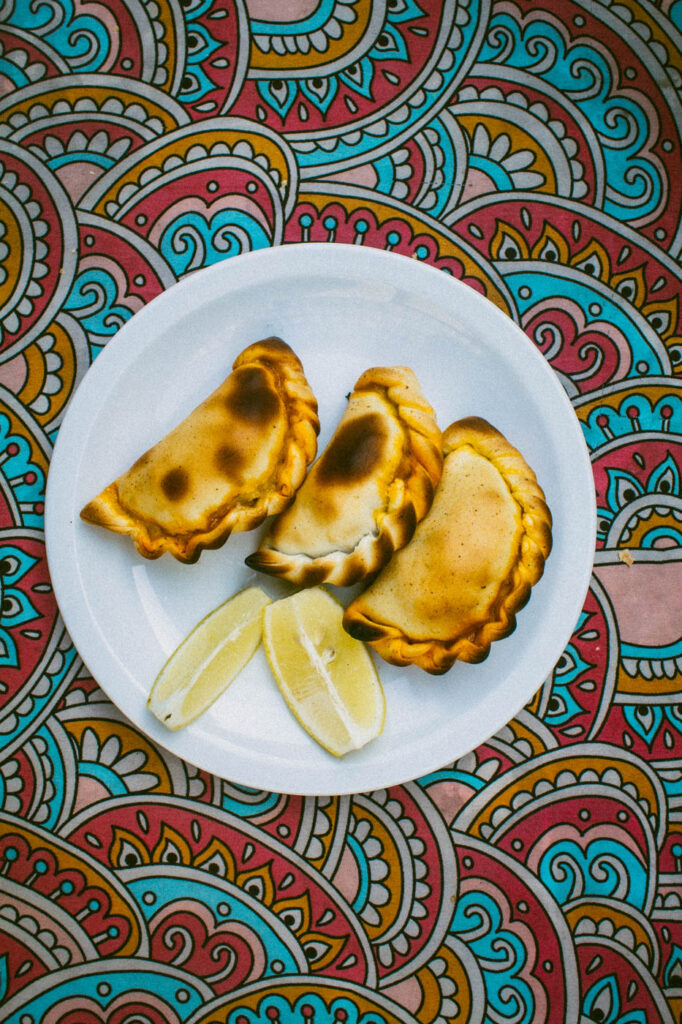


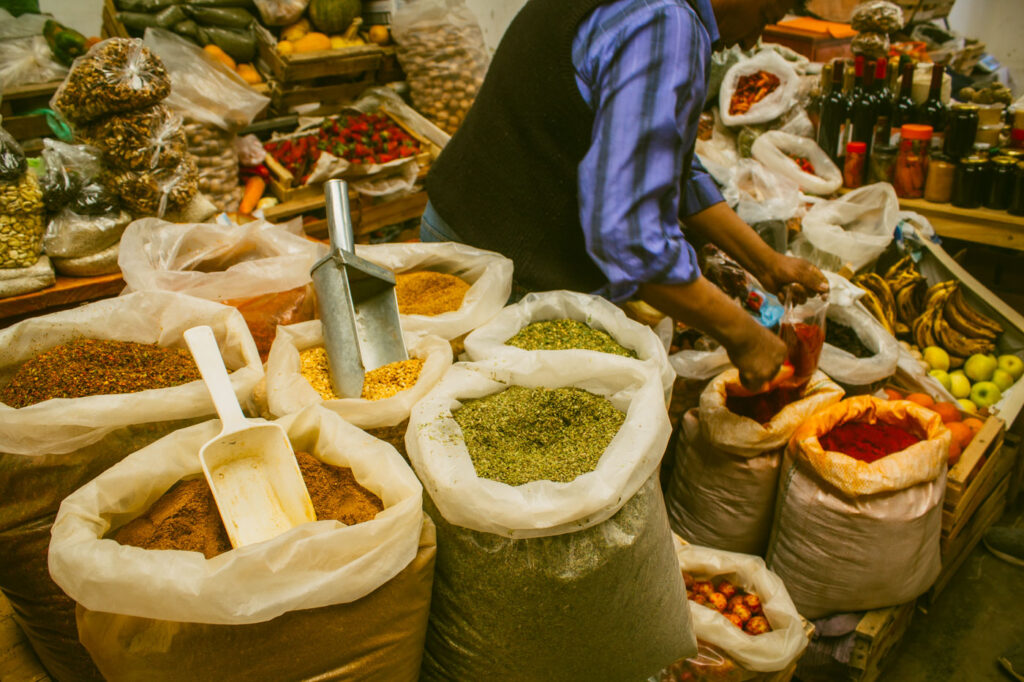
On an unexciting corner, a permanent line snakes out the door of Shami. A woman in a manicured pantsuit, tight bob, and silver necklace misses nothing in the dining room without ever leaving her perch behind the cash register. The dishes here are more orthodox than I expected, and the woman takes curiosity in my order. Most of the tables receive wooden bowls of hummus, niños envueltos, and small plates of raw kibbeh that glitter underneath the harsh lighting. I opt for uzi, a fragile ball of filo dough stuffed with rice that smells of cinnamon and crinkles as loud as wax paper being torn from the roll, and toshka, a baton-shaped bread with so many black sesame seeds that it looks like a chocolate-covered ice cream cone.
The next afternoon I grab an “Arab pastry” with apple syrup, honey and walnuts wrapped into filo dough from a hawker on the street before I head to El Balón. My lips happily pucker when they touch the cuajada, or homemade yogurt as thick as spackle, and black olives marinated in olive oil and za’atar. I try an open-face sfija and a closed one, both baked fresh to order. The kitchen pre-cooks the filling in lemon juice, and before it arrives at the table my nose gets a big whiff of cumin, citrus peels and red pepper.
I can’t help but notice a connection between the sfija and the Tucumán-style empanada. Every province in Argentina has an empanada recipe that is observed religiously, with only the smallest of modifications as you move from one town to the other, one home kitchen to the next. In Tucumán, beef from above the rib cage is sliced into cubes the size of a Jamaican peppercorn and cooked with cumin and paprika, and always served with lemon wedges. “I don’t remember eating empanadas with lemon as a kid,” a debate erupts at a weekend lunch with a group of 60-something Tucumanos. “That has to be a Syrian thing.” The first bite is meant to open the empanada enough to squirt fresh lemon juice inside, which you must re-apply between every bite.
The region has some of the nation’s oldest settlements and a palate defined by criollo cuisine—a mixture of Indigenous, African and Spanish dishes that glued themselves together during colonization. Yet as I travel across the region, people keep affirming that Arab immigration from Lebanon and Syria left a mark on criollo cuisine too, even if I can’t find written evidence to back anyone’s claims. In towns and provincial capitals, I scour shops and libraries for old cookbooks in search of a noticeable change in the use of spices after the arrival of the Syro-Lebanese and come up with nothing. It’s all folklore.
“I use a lot of cumin,” explains Lili Campero, a cook whose restaurant in the historic city center of San Miguel de Tucumán is an oasis of old-school Northwest dishes: baked beef empanadas, locro, humita and tamales.
Campero grew up southwest of the capital in a small town called Santa Rosa de Leales. She has a matronly presence—firm, soft-spoken and incredulous. She has an anecdote for all my questions and an eye in every corner of her restaurant, El Cardón. She remembers that there was always yogurt and Syrian cheese (“It’s like that burrata cheese you eat in Buenos Aires.”) in the fridge and that, alongside her grandfather’s criollo-style food, they ate a lot of kippe and stuffed intestines.
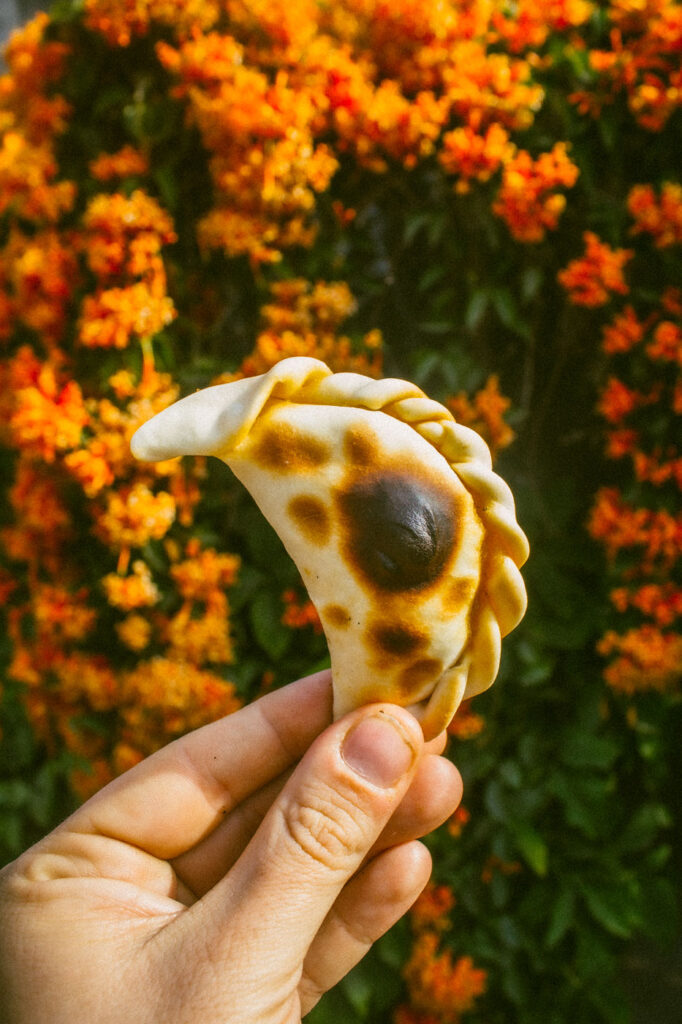
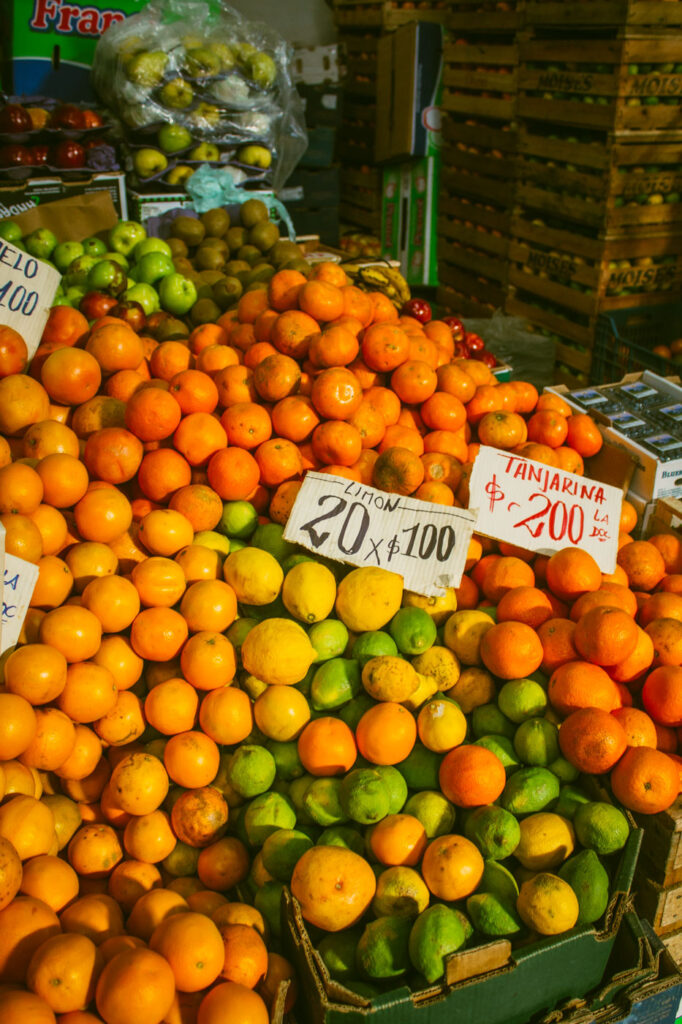
“I think the way I use cumin has to do with my Syrian grandmother,” Campero explains. “But cumin is present in all of our dishes. I’d say an empanada without cumin is not a real empanada tucumana.”
Where does oral tradition fit into a world that is digitalized, where truths are decided by what has been archived and uploaded on the internet? In a world of over-information, how do we build and legitimize context through spoken legacies?
Campero’s assertion that an empanada tucumana isn’t an empanada tucumana without cumin is true, at least according to the empanada makers I meet across Tucumán. Some might argue over the use of black pepper or crushed red pepper, or just how much paprika should go into the broth, but cumin is non-negotiable.
Just 30 minutes outside of the city in the town of Famaillá, home to the annual Fiesta Nacional de la Empanada, dozens of cooks compete each year for the title of National Champion. Each must cook from the same exact recipe, and according to 2015’s champion Ana Rivadero, cumin must be freshly toasted and ground with a pestle and mortar. She winces her nose when I ask if she ever buys the spice pre-powdered.
One hundred thirty kilometers further west in Los Zazos, Doña Keka Pastrana stirs cumin into the broth to make tamale dough as her mother’s old recipe dictates, and in nearby Amaicha del Valle, cooks Rosario Herrera and Rodolfo Cata perfume the kitchen of Despensa Comedor Jorgito with the spice as they prepare empanadas and locro, a dried corn and beef stew.
The oldest known cumin grains date back to the second millennium B.C. in present-day Syria, and were supposed to have been first cultivated in Iran and the Mediterranean. It swept across Europe thanks to the Greeks and Romans, and was brought to the Americas by the Spanish. In Argentina, it is grown along the Andes Mountains, an area whose use of spices stands out from much of the country’s go-to herb-heavy trifecta of garlic, oregano and parsley.
A lot has been attributed to the influence of Western Europe and the Mediterranean on Argentine cuisine. These messages are repeated internally and broadcast internationally. And while it is true that the most visible breakthrough toward the contemporary cuisine of Northwest Argentina is Spanish, where does that leave the rest of the immigrant populations that continued to fill these hills and valleys? The Spaniards brought cumin to the Americas and used it in their recipes, but could it be the Syrian-Lebanese that made the spice infallible?
I move further south into Catamarca, and the spice continues to appear, like in the town of Santa Maria, where the high and arid hills provide the ideal environment to harvest the spice. Cook Mirian Maita has little allegiance to the rules and freestyles her fried empanadas—grated potato instead of cubed and red bell peppers rather than paprika, but the cumin is present.
Just outside of town, cook Olga Balderrama agrees: “The Arabs have definitely influenced our palate.” She adds cumin with pinches of oregano and crushed red pepper to a cast iron pot of chanfaina—lamb heart, lung and liver cooked down in its blood and broth, served hot over rice and topped with raisins. The dish arrived in Argentina in the colonial era from the Arab world by way of Andalusia. In the towns of San Carlos and Belén, I try various versions of mote, a Pre-Columbian hominy stew that cooks all Friday night so it can be served for Saturday’s lunch. Again, cumin.
After nearly eight weeks of traveling across the Northwest, I make my way back to the capital of San Miguel. It’s 10 p.m. when my bus arrives, and after I drop off my bags, I jump into a cab and head to Patata, a sandwich shop that brightens up a dark residential block like floodlights in a storm. “This is the best place to get a sánguche in the city,” the driver assures me.
San Miguel is a city of sandwiches. Tucumán takes its sánguche de milanesa so seriously that every March 18 the city commemorates its greatest deity, Chacho Leguizamón, credited with opening the street stand that transformed the sandwich into a local creed back in 1972. But no one needs an annual celebration. Every day of the year, lines of people wait patiently for their dose of milanesa squeezed between two pieces of bread, all afternoon and late into the night.
“Maybe toward the end of the 1990s, you’d find a kippe sandwich or an asadito arabe at a sandwich stand. But in the last few years, it’s really blown up,” explains Balderrama.
An asadito árabe is a mixture of a hamburger and a kippe: ground beef is marinated with lemon and baharat and pounded into a long oval shape. It’s tossed into a thick baguette toasted inside and out, and a surprising brush of mustard adds a kick of acidity like the homemade yogurt at El Balón.
I settle into my white picnic table and watch the other diners. I’m not alone in my order. We’re outnumbered, but certainly not alone. I take my time and languish over immodest bites of my sandwich, an industrial plate of fries, and a cold glass of orange Fanta.
I never found a definitive answer to my question, and I feel a bit smug. But as the sour lemon, earthy cumin, and pops of Jamaican pepper, clove and coriander grow—the union of citrus, spice, bread and beef—I wonder if I need more evidence than this.





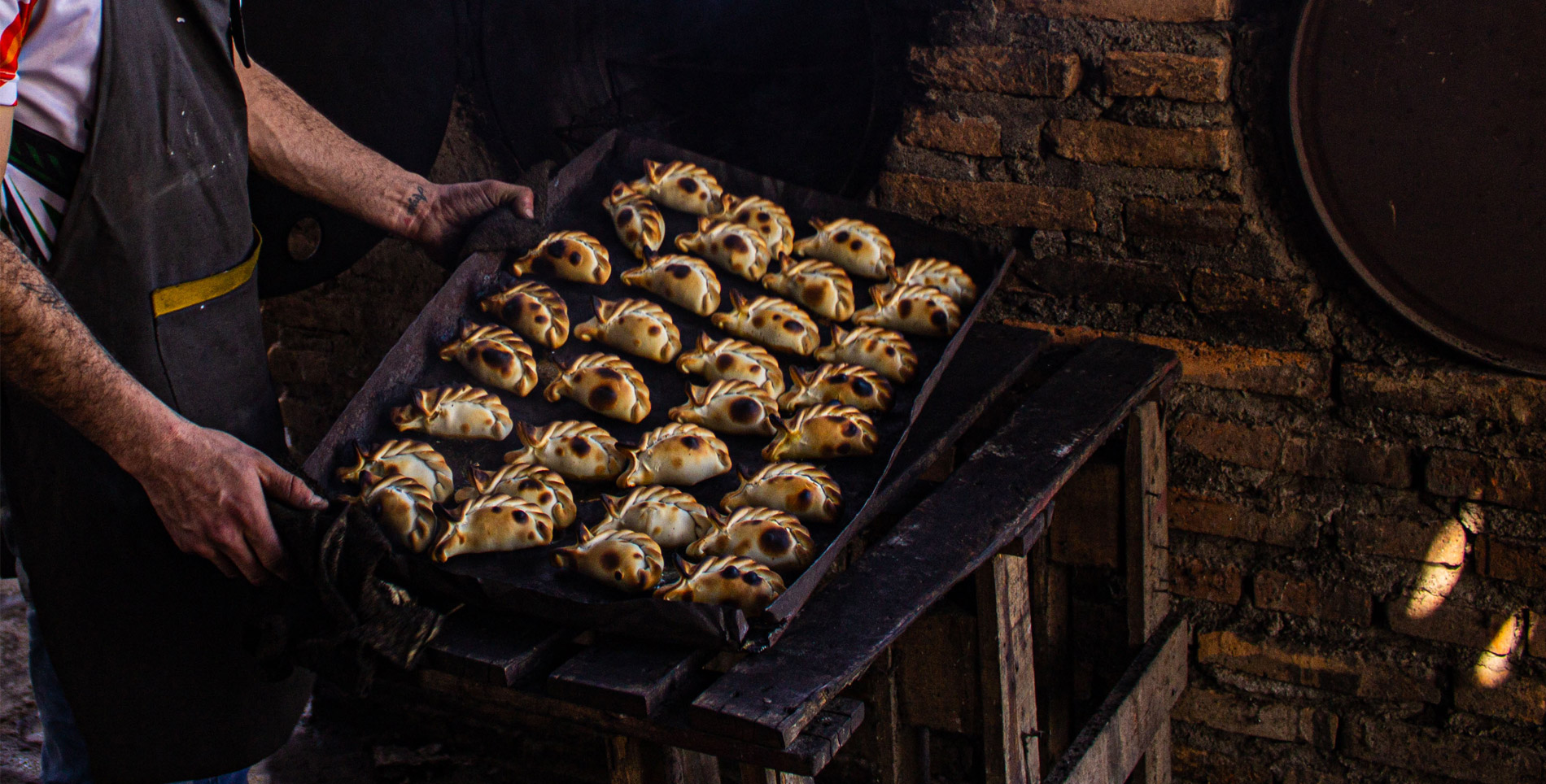

Our comments section is for members only.
Join today to gain exclusive access.